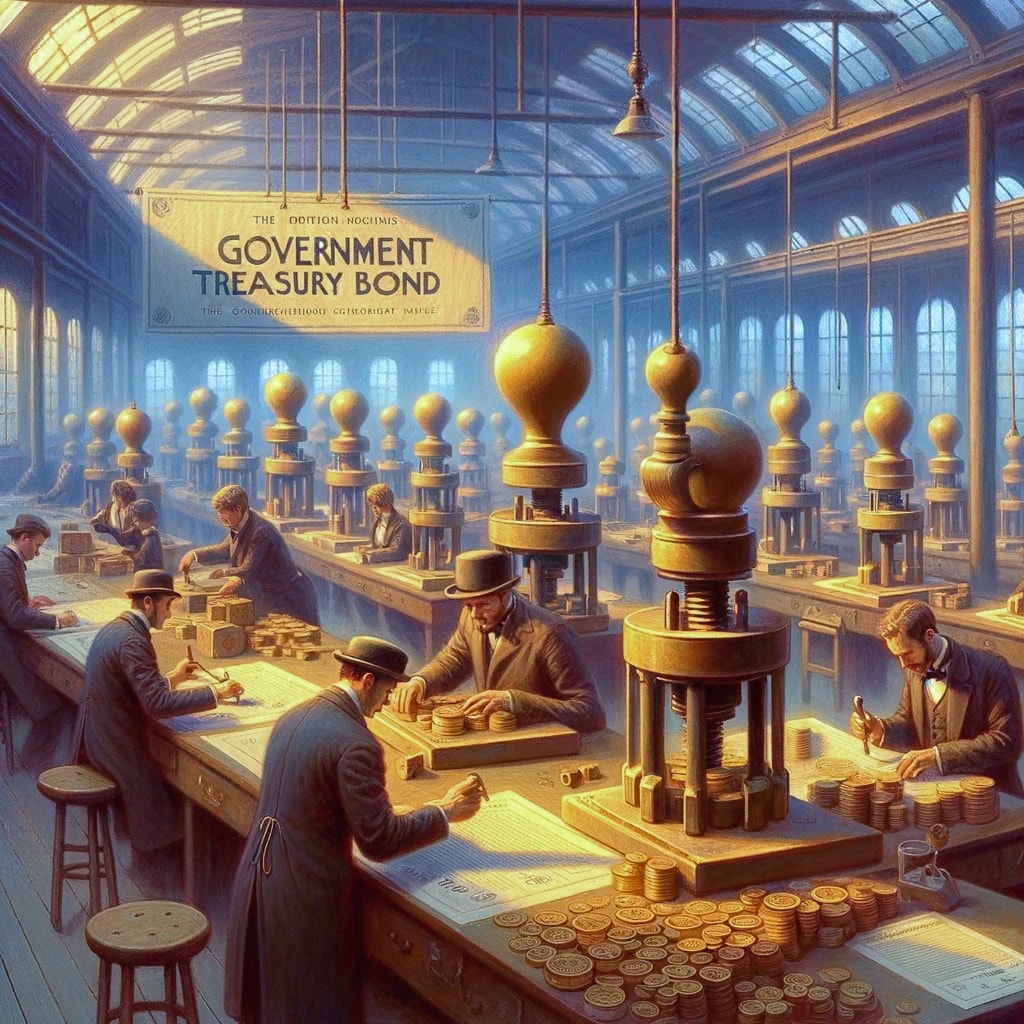Welcome, and thank you for being part of the MyZucoins community! Let’s get into an interesting piece of crypto, finance, or tech news to stay ahead.

Real-World Asset Firm Superstate Launches First Fund Tokenizing U.S. Treasuries
Superstate, led by Robert Leshner, is stepping into the investment world with a groundbreaking product: the USTB fund.
This fund is designed to invest in short-term U.S. Treasuries, offering a modern twist on traditional investment methods by tokenizing these assets.
With a management fee set at a modest 15 basis points, USTB is aiming to attract Qualified Purchasers—investors recognized by the SEC as having a net worth of over $5 million.
This exclusive offering allows investors to hold their assets securely, with options ranging from self-custody to utilizing services from established names like Anchorage Digital and BitGo.
Tokenization isn’t new to the scene of investment; similar projects have already tokenized a substantial $862 million in U.S. Treasuries.
Yet, Superstate asserts its distinctiveness through USTB, which avoids the additional fees associated with wrapped ETFs by directly holding government securities.
This approach not only simplifies the investment process but also showcases Superstate’s innovative tokenization technology.
Differing from existing offerings, USTB is not a rehash of traditional securities but a novel fund born on the Ethereum blockchain.
This initiative is a key part of Superstate’s broader mission to rejuvenate the infrastructure of investment funds, aiming to extend this tokenization method across various asset classes and regions.
Superstate’s ambition is backed by a strong foundation, with Leshner’s experience from Compound Finance and a recent $14 million funding boost, signaling a promising future for tokenized investments. Read more here.
How Could Zucoin Be Used To Simplify Real-World Asset Tokenization?
The launch of Superstate’s first fund, USTB, marks a significant step towards modernizing investment funds through tokenization, focusing on U.S. Treasuries.
The approach of allowing investors to self-custody their assets and providing flexibility in security implementations reflects a broader shift toward more accessible and transparent financial products.
Zucoin’s wallet app has been a self-custodial system very early on.
It gives anyone the ability to quickly and easily manage their own digital assets.
Zucoin stands out for its unique approach to open ledger technology with its Splitchain network—an alternative to blockchain technology that is being designed to handle asset tokenization with ease.
Splitchain’s architecture, designed from scratch to enhance transaction scalability and efficiency, aligns with the needs of modern investment funds looking to tokenize real-world assets.
The ability to process transactions quickly and at a lower cost—without in-built fees in fact, is crucial for the tokenization of assets like U.S. Treasuries, where operating costs, speed and efficiency can significantly impact the fund’s performance.
Moreover, Zucoin’s focus on safety, through UL-audited cryptographic mechanisms and a robust two-step authentication mechanism between the sender and the receiver, addresses some of the critical concerns in the tokenization of real-world assets—the safekeeping and authentication of digital representations of financial instruments.
The trend towards tokenizing traditional financial assets, as exemplified by Superstate’s USTB fund, underscores a broader industry shift towards crypto-based solutions for asset management.
Representing real-world assets on a ledger through tokenization represents a groundbreaking shift in how we perceive and interact with value.
Zucoin is working to offer a compelling framework via its Splitchain network, aiming to heavily simplify the process of modernizing traditional assets into digital tokens.
This process not only democratizes access to investment opportunities but also enhances the liquidity, transparency, and efficiency of asset transactions.
Zucoin’s tokenization framework is designed to be highly flexible, giving third parties the tools to accommodate a wide range of assets, ranging from real estate and art to commodities and financial instruments.
This flexibility is crucial for assisting third parties with adapting to the diverse nature of real-world assets, each with its unique characteristics and regulatory requirements.
It’s very early days for the tokenization industry, but it looks to be ushering in a new era of asset management, characterized by greater transparency, accessibility, efficiency, and safety.
If you liked this newsletter, please forward it to someone who might like it too.
You can also donate here or even buy some Zucoins. Every little bit helps us improve.
What did you think of this newsletter? Reply to send us feedback on what you liked or want to see featured more. There’s more coming, so stay tuned.
—
All the best,
—Rob
MyZucoins
Disclaimer: Of course, this is not advice, financial or otherwise. It’s also important to consider the risks and challenges associated with any potential benefits.